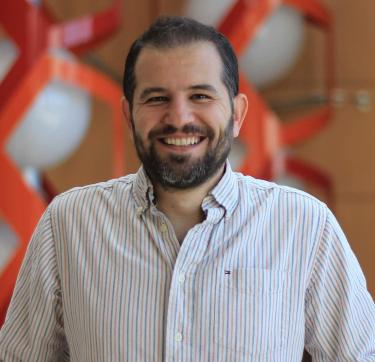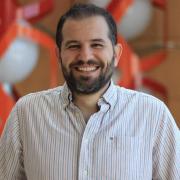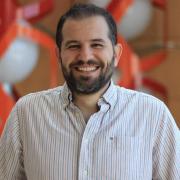How do neurons control the shape and spatial distribution of organelles in support of their function? Neurons are morphologically complex, polarized, and high-energy demanding cells that are responsible for essential nervous system functions. This structural complexity is critically important as it underlies nearly every aspect of neuronal function, and its loss is associated with numerous neurodegenerative and psychiatric disorders. Mitochondria are essential organelles in regulating neuronal physiology and cellular functions more broadly. My research focuses on characterizing conserved pathways that regulate the morphological and functional plasticity of mitochondria in neurons and reveals how this enables the nervous system to function. Our laboratory utilizes a multi-disciplinary approach that integrates structure determination by electron cryo-microscopy (cryoEM) with biochemistry, biophysics, and cell biology techniques to bridge detailed structural studies with a deeper knowledge of mitochondrial function to advance our understanding of how cellular machines function normally, and how they are corrupted by disease. These approaches enable us to perform robust quantitative analysis of membrane-associated mechanisms and thus bridge length scales from organelles and their internal structures like sheets and cristae (microns) to tubules and leaflets (nanometers), and finally to nearest-neighbor atomic interactions (Angstroms). The long-term goal of my research laboratory is to develop innovative approaches to understand how biomolecular machines function at biochemical depth and decipher the link between organelle regulation and its relationship to human disease. Overall, we provide quantitative explanations of membrane-associated mechanisms in cellular organelles and test our understanding of how they function within intricate cellular pathways.




